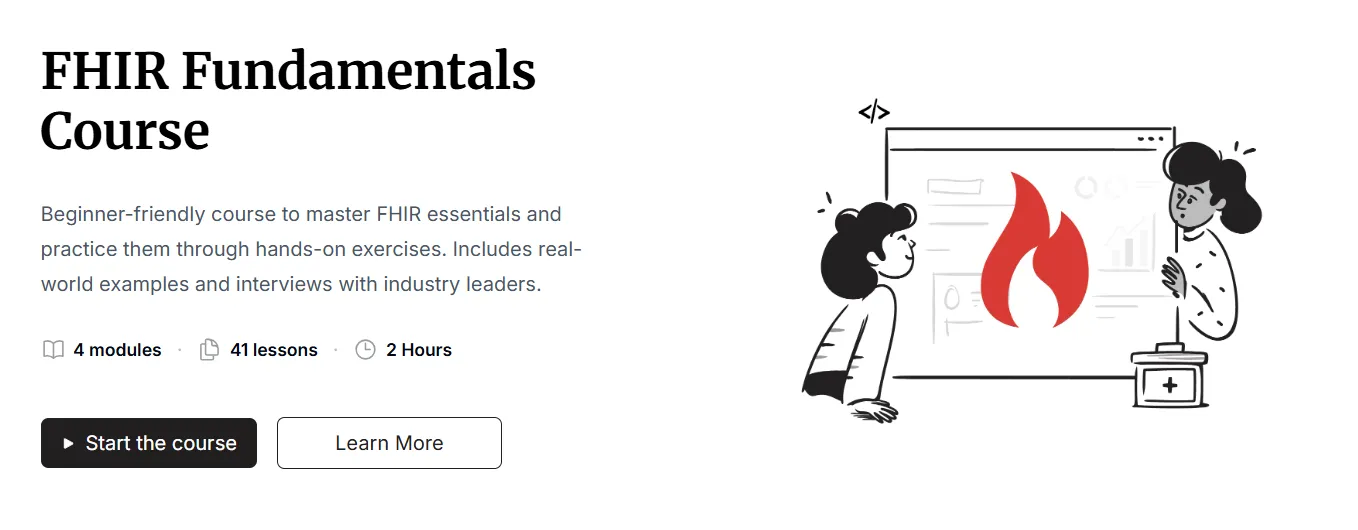FHIR is a modern way to share healthcare data, while XDS has been used for years. But could FHIR take XDS’s place, and what would it mean for hospitals?
Healthcare interoperability is an ongoing challenge that requires careful coordination. Hospitals, clinics, and health networks must share patient information efficiently and accurately, yet existing standards do not always align. A common question in healthcare IT circles is whether FHIR, or Fast Healthcare Interoperability Resources, can serve as a replacement for XDS.
To explore this, it is important to first understand the role of XDS in managing documents and how FHIR approaches the sharing of health information.
Understanding XDS and its role in healthcare
XDS, or Cross-Enterprise Document Sharing, is a framework developed by Integrating the Healthcare Enterprise (IHE), to enable healthcare organizations to share patient documents across multiple systems without moving all the data to a central location. The key principle behind XDS is federation. Documents remain on the systems where they were created, whether in a hospital, clinic, or regional repository, while still being accessible to authorized providers.
XDS relies on a Record Locator Service, or RLS, which acts as a central index to track where each document is stored. When a clinician requests a record, the RLS directs the system to the correct location. XDS also supports multiple document formats, including PDFs, CDA documents, and even FHIR resources, making it well-suited for distributed networks. At the same time, this distributed design adds complexity, as searches must navigate different servers to retrieve information.
To learn more about the XDS.b standard and how it helps manage these challenges, check out the article: 10 Cross-Enterprise Document Sharing (XDS.b).
How FHIR works in healthcare data sharing
FHIR is a modern standard designed to simplify the exchange of healthcare information. It uses RESTful web services, enabling systems and applications to communicate efficiently. Unlike XDS, FHIR often centralizes or aggregates patient documents on a single server, allowing clinicians to access all of a patient’s records in one place without navigating multiple systems. This centralization can make data retrieval faster and simpler in environments where aggregation is feasible. In case you want to dive deeper into FHIR and how it works? Then read our blog “What is FHIR?” for a comprehensive understanding.
How FHIR handles XDS capabilities
Despite using a different approach from XDS, FHIR can perform many similar functions:
- Document references: FHIR’s DocumentReference resource allows systems to track documents stored elsewhere, effectively serving as a record locator.
- Support for multiple formats: FHIR works with CDA, PDF, and even legacy XDS documents, which helps maintain existing workflows without disruption.
- RESTful APIs: Standardized endpoints make it easier for applications to query and retrieve data efficiently, reducing the complexity compared to traditional XDS searches.
- Combining XDS with FHIR: Some implementations use the XDS protocol on top of FHIR, allowing organizations to keep federated document access while taking advantage of modern APIs.
The difference between FHIR and XDS
The key differences between FHIR and XDS come down to their architecture and approach to sharing healthcare data.
| Feature | XDS | FHIR |
|---|---|---|
| Storage Approach | Federated: documents remain on separate servers, located via the Record Locator Service | Often aggregated: documents stored or referenced on a single server for easier access |
| Document Formats | Flexible with different formats | Supports same variety of formats and provides a standardized API |
| Data Access | Uses IHE-specific APIs, which can be complex | Uses RESTful APIs, simplifying queries and retrieval |
| Ease of Use | Designed for distributed networks, can be complex | Designed for straightforward access and developer-friendly integration |
If you want a clear, hands-on introduction to how everything works in real healthcare settings, our FREE FHIR Fundamentals Course is an excellent place to begin.

Key considerations when adopting FHIR
Replacing XDS entirely with FHIR is not always straightforward. Organizations must consider:
- Federation vs centralization: Some institutions may still require distributed document storage for compliance or operational reasons.
- Custom operations: Fully replicating XDS functions with FHIR may require additional operations or extensions.
- Scalability: Aggregating all documents on a single server simplifies queries but may affect performance for large datasets.
- Migration planning: Incremental adoption is often safer than a complete swap, especially for networks with existing XDS infrastructure.
Many healthcare organizations adopt a hybrid approach, using FHIR for modern API access while maintaining XDS’s federated design where necessary.
If you’re ready to start using FHIR, our article “Three Ways to Build Your FHIR Server” shows easy ways to build your FHIR server.
Quick recap
Can FHIR replace XDS? In some scenarios, it can. FHIR offers modern APIs, easier access, and support for multiple document formats, making it suitable for centralized document sharing. XDS, however, continues to be valuable in highly distributed networks where documents need to remain on separate servers.
A balanced, hybrid approach allows healthcare systems to leverage FHIR’s flexibility while retaining the reliability of existing XDS networks, improving both access to patient information and overall clinical workflows.